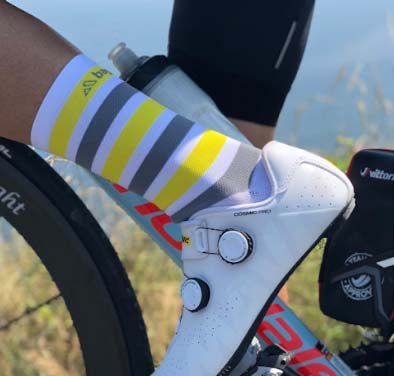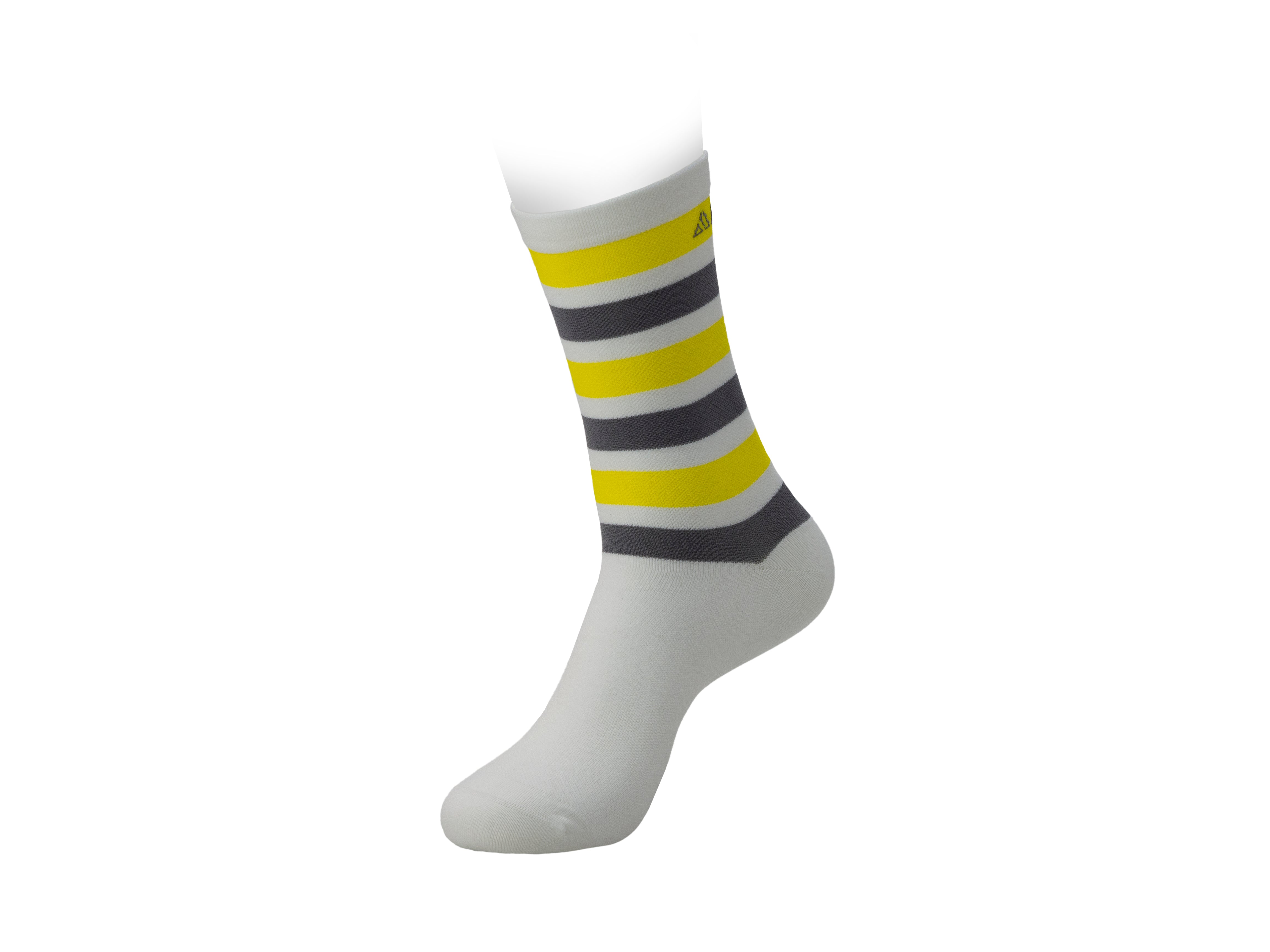 The Adams ( Anti-Doping Administration & Management System ) is a web application run by the World Anti-Doping Agency that requires all registered athletes to report, in advance, their current location for each day of the year. It operates on a quarterly basis, meaning athletes must complete their data for the next three months in minute detail.
This system involves more than 20,000 athletes from around the world, who must state where and when they will compete, train, and even where they will go on vacation, and what time of day they agree to be available for blood and urine testing (although, curiously, WADA can bypass this rule and attend whenever it wants). They must also include a record of their " biological passport " in this application and indicate which substances they are taking for medical advice and which can only be taken with authorization.
In short, the Adams system is the system used by the World Anti-Doping Agency to monitor athletes.
The Adams ( Anti-Doping Administration & Management System ) is a web application run by the World Anti-Doping Agency that requires all registered athletes to report, in advance, their current location for each day of the year. It operates on a quarterly basis, meaning athletes must complete their data for the next three months in minute detail.
This system involves more than 20,000 athletes from around the world, who must state where and when they will compete, train, and even where they will go on vacation, and what time of day they agree to be available for blood and urine testing (although, curiously, WADA can bypass this rule and attend whenever it wants). They must also include a record of their " biological passport " in this application and indicate which substances they are taking for medical advice and which can only be taken with authorization.
In short, the Adams system is the system used by the World Anti-Doping Agency to monitor athletes.
8 years of applying Adams
It has been in operation since 2009 and has been hailed as the "Big Brother" of sports from the outset. Many cyclists and athletes from all disciplines have spoken out against this system, considering it excessive.
When it was implemented, Purito Rodríguez clearly stated that "it aims to combat doping, an illegal practice, with an equally illegal method."
Alberto Contador also didn't seem thrilled with its implementation at the time. He said, "It's another measure to clean up cycling's image and restore credibility. Although sometimes these novel methods, instead of cleaning up, actually harm."
Miguel Madariaga , manager of Euskaltel-Euskadi between 1994 and 2009, described the system as “regrettable and degrading for cyclists” and said, “I don’t agree that they should be required to report how far they will spend the night.”
Tennis player Rafa Nadal has stated on more than one occasion that he considered it “an intolerable persecution.”
One of the most controversial rules governing the use of this app is that if an athlete cannot be located within an 18-month period, they are given a serious warning, and if this happens three times, they are penalized in the same way as if they had been doping. This sanction also applies if the information entered into the Adams app about their whereabouts does not correspond to reality.
Incidents and sanctions
As you might expect, all sorts of situations have arisen over the years it has been operating. French cyclist Yoann Offredo (FDJ-BigMat) was banned for a year in 2012 for failing to provide the requested information, and Chris Froome himself has acknowledged that on two occasions, the personnel sent to perform his tests were unable to locate him for reasons beyond his control.
There have also been incidents in other sports. Spanish swimmer Sergio García was sanctioned in August 2011 for failing to provide information about his whereabouts. The same nearly happened to fellow swimmer Rafa Muñoz and athlete Adel Mechaal , but were pardoned at the last minute and were able to avoid the sanction.
This requirement has also led to anecdotes that some athletes have shared on social media. For example, tennis player Fernando Verdasco recounted on his Twitter account in 2015 that one afternoon he had to leave the theater mid-movie and rush home to pass a surprise security check that was announced to him at the time.
Another source of controversy has arisen from the hacks the system has suffered. In August 2016, the Adams account of Russian athlete Yulia Stepanova (800-meter specialist) was hacked, and several athletes received fake messages requesting their passwords.
The “biological passport”
Furthermore, the use of this Adams system is linked to the "biological passport," which is stored in the same computer system. This is a record kept throughout the year of an athlete's biological information, obtained through blood and urine analysis. It reflects how the various hematological and urinary indicators have evolved for each athlete individually and allows for the detection of any sudden changes caused by the use of doping substances.
Some athletes are so opposed to the Adams system that they took it to the European Court of Human Rights (ECHR) . A group of French athletes led by former cyclist Jeannie Longo filed a lawsuit alleging that the permanent athlete tracking system violated human rights. However, on January 18, the court dismissed the case, finding that the Adams system does not violate any of an athlete's basic human rights.
The future
For now, it seems that Adams is here to stay because, despite the complaints and protests of athletes, nothing better has been found.
In any case, the director of the UCI Anti-Doping Foundation, Francesca Rossi , announced a few weeks ago that work is underway to improve the app and that the management of tests will be simplified by modifying the endocrinological profiles.
What the Adams looks like inside
If you're curious about what this app looks like on the inside, I encourage you to watch the following video in which our friend Carlos Verona shows us the process on his VeronaVlog:
https://www.youtube.com/watch?v=M_EeAxKQXP8
In the meantime, if you want to enjoy an accessory that will make your life easier and that isn't (and never will be) targeted by the UCI, get your Baggicase now, the waterproof case specially designed for cyclists, where you can store your cell phone, keys, and other personal items. Baggicase fits all current cell phone brands and sizes and can be customized with any color you like.
 The Adams ( Anti-Doping Administration & Management System ) is a web application run by the World Anti-Doping Agency that requires all registered athletes to report, in advance, their current location for each day of the year. It operates on a quarterly basis, meaning athletes must complete their data for the next three months in minute detail.
This system involves more than 20,000 athletes from around the world, who must state where and when they will compete, train, and even where they will go on vacation, and what time of day they agree to be available for blood and urine testing (although, curiously, WADA can bypass this rule and attend whenever it wants). They must also include a record of their " biological passport " in this application and indicate which substances they are taking for medical advice and which can only be taken with authorization.
In short, the Adams system is the system used by the World Anti-Doping Agency to monitor athletes.
The Adams ( Anti-Doping Administration & Management System ) is a web application run by the World Anti-Doping Agency that requires all registered athletes to report, in advance, their current location for each day of the year. It operates on a quarterly basis, meaning athletes must complete their data for the next three months in minute detail.
This system involves more than 20,000 athletes from around the world, who must state where and when they will compete, train, and even where they will go on vacation, and what time of day they agree to be available for blood and urine testing (although, curiously, WADA can bypass this rule and attend whenever it wants). They must also include a record of their " biological passport " in this application and indicate which substances they are taking for medical advice and which can only be taken with authorization.
In short, the Adams system is the system used by the World Anti-Doping Agency to monitor athletes.

